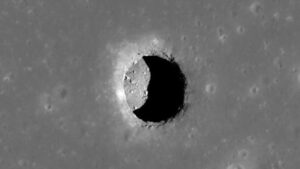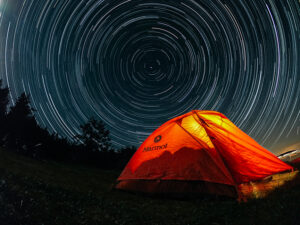NASA says that among over 5,000 identified extraterrestrial planets, over 200 could be similar to Earth. Whether or not humans could live on them is another story.
Researchers added 65 exoplanets to the NASA Exoplanet Archive on Monday to eclipse the 5,000 mark. The database consolidates discoveries of planets outside the solar system from peer-reviewed scientific papers.
To get a planet on the list, scientists have to confirm its existence with multiple detection methods, such as the Spitzer Space Telescope, the Kepler Space Telescope, and the Transiting Exoplanet Survey Satellite.

The Spitzer Space Telescope, pre-launch in 2003. Photo: Wiki Commons
Exoplanets in brief: 4% Earth-like
Research led to the first accepted exoplanets in the 1990s. Since then, the expanding array has come to include widely varying worlds. “Super-Earths” are rocky like our planet, but many magnitudes bigger. Jupiter-like gas giants can also be far larger than our solar system’s biggest planet; some super-heated ones tightly orbit their host stars.
The confirmed exoplanets also orbit a wide range of stars, even white dwarfs, the remnants of supernovas.
So far, the discoveries break down as 30% gas giants, 31% super-Earths, and 35% Neptune-like (ice giants).
The remaining 4% are terrestrial worlds like Earth or Mars.
New exoplanetary system resembles TRAPPIST-1
Monday’s discoveries include no habitable planets. The two new Earth-sized planets bake under their stars’ radiation at around 327˚C.
Jessie Christiansen, lead for the NASA Exoplanet Archive, did note that one is in a system similar to the intriguing TRAPPIST-1 system. There, a similar star hosts seven rocky planets, including one that may support life. If it did and you made it there, you’d want to look up: The other planets in the system are all closer to it than the moon is to Earth.
Research into TRAPPIST-1 is set to intensify, with the James Webb Space Telescope poised to investigate. The telescope should paint a detailed picture of the system, thanks to its ability to peer through exoplanetary atmospheres.

Heat testing the James Webb Space Telescope’s mirrors in 2010. Photo: NASA/MSFC/David Higginbotham/Emmett Given via Wiki Commons
For now, human extraterrestrial habitation remains conjectural. But the possibilities continue to grow more scintillating.
“Each [exoplanet] is a new world, a brand-new planet,” Christiansen said. “I get excited about every one because we don’t know anything about them.”






